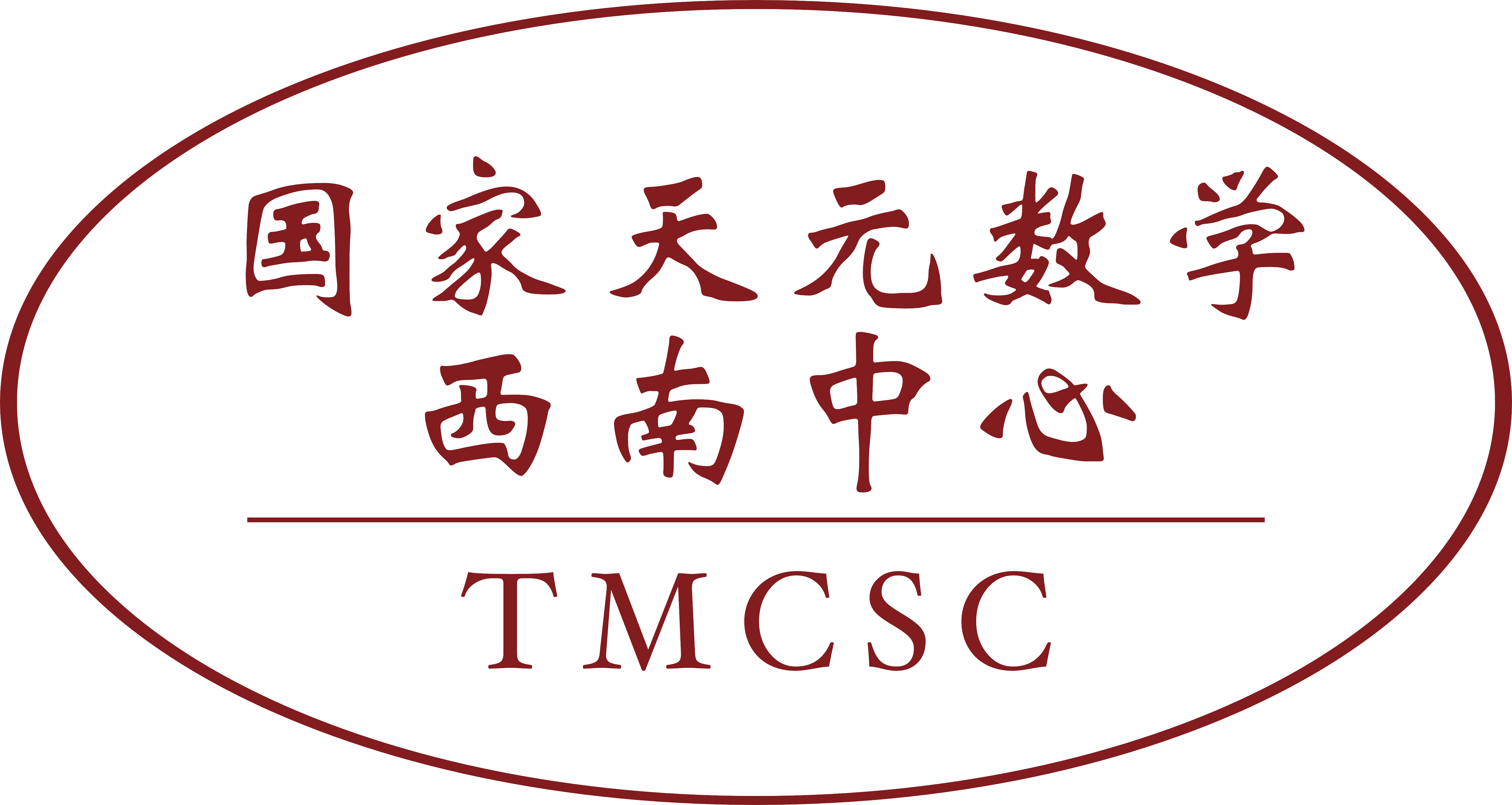On impulsive reaction-diffusion-advection models in higher dimensions
[Math. Dept.]
June 13, 2018 14:00-15:00
E409 School of Mathematics
![[seminar]20180613Hao Wang-01.png [seminar]20180613Hao Wang-01.png](http://tianyuan.scu.edu.cn/upload/default/20180612/%5Bseminar%5D20180613Hao%20Wang-01.png)
SPEAKER
Hao Wang (University of Alberta)
ABSTRCT
We formulate a general impulsive reaction-diffusion-advection equation model to describe the population dynamics of species with distinct reproductive and dispersal stages. The seasonal reproduction is modeled by a discrete-time map, while the dispersal is modeled by a reaction-diffusion-advection partial differential equation. Study of this model requires a simultaneous analysis of the differential equation and the recurrence relation. When boundary conditions are hostile we provide critical domain results showing how extinction versus persistence of the species arises, depending on the size and geometry of the domain. We show that there exists an extreme volume size such that if the region size falls below this size the species is driven extinct, regardless of the geometry of the domain. To construct such extreme volume sizes and critical domain sizes, we apply the classical Rayleigh-Faber-Krahn inequality and the spectrum of uniformly elliptic operators. The critical domain results provide qualitative insight regarding long-term dynamics for the model. Last, we provide applications of our main results to certain biological reaction-diffusion models regarding marine reserve, terrestrial reserve, insect pest outbreak, and population subject to climate change.
*This is a joint work with Mostafa Fazly (University of Texas at San Antonio) and Mark A. Lewis (University of Alberta).
SUPPORTED BY
School of Mathematics, Sichuan University
